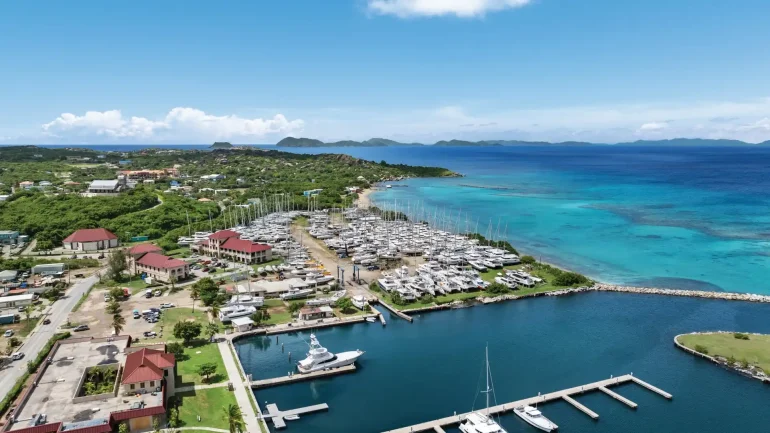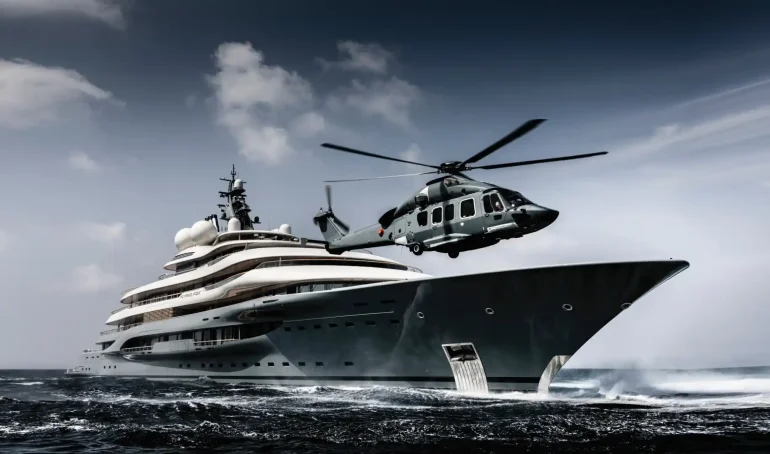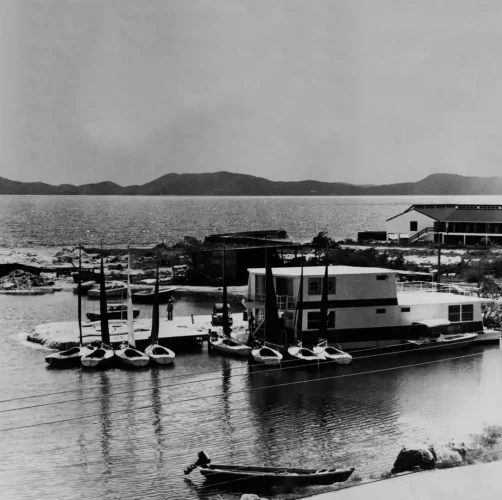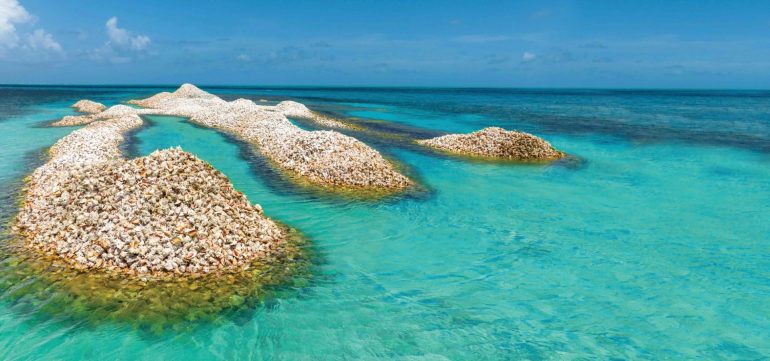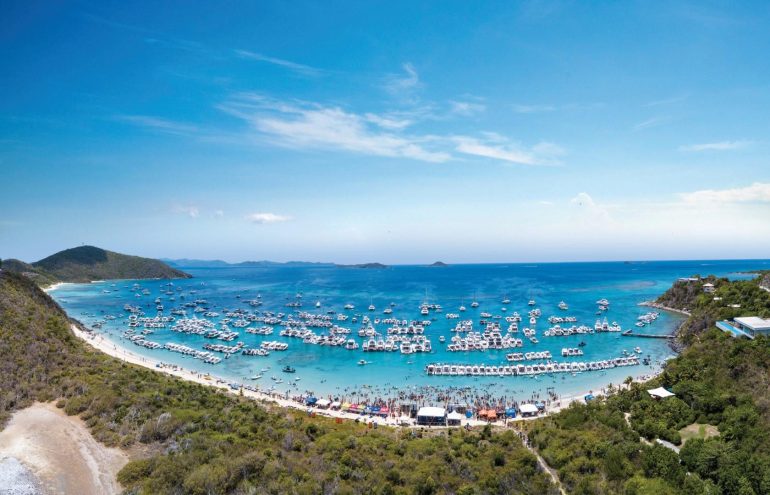When Life's a Drag – It's Time to Upgrade Your Ground Tackle
Lately it's been crazy around by me. Boats dragging anchor, losing their anchor, not anchoring at all—it's a bit scary. Recently one of my boat neighbours, a charter skipper, told me he had to jump up in the wee hours to help a transient boat that was getting blown down onto a superduperyacht—potentially an expensive error.
The owner of the transient boat had just bought it a week earlier and was still sorting out the gear. Unfortunately, the surveyor who had checked the boat for her had signed off on what was clearly insufficient ground tackle. A 10-kilo anchor is a little small for a 40-foot, 10-ton yacht, especially if the shackle is corroded to within a millimetre of zilch.

The next day, when the boat dragged again, my friend took the owner to the nearby chandlery and loaded up with 200 feet of 3-strand line, 20 feet of chain and a 20-kilo anchor. Taking an hour or so, they rigged up the line, spliced the gear together and got it settled in the water where it currently resides, holding the pretty boat nice and steady.
One question that arose was, what size of 3-strand nylon is best for a moderately heavy boat? Hal Roth, who has circumnavigated solo a couple times and writes about doing so, states that half-inch line is perfectly adequate for a vessel up to 20 tons, and quotes his friend Irving Johnson to the effect that you need the smaller line for elasticity—anything much bigger and you lose the stretch. “You will never break a 1/2-inch nylon unless it chafes,” he quotes Johnson, “and if you get chafe you can break a 2-inch nylon.” A common rule of thumb has it that you need 1/8” of rope diameter for every 9 feet of boat length (displacement would be a better measure, since a heavy cruiser will obviously displace a greater weight of water than a race boat of similar length). Anything much smaller than 3/8” is hard to handle, 5/8” is what most sailors of medium-sized cruising boats default to.

When it comes to anchor and chain, if it's not an all-chain rode, then the bigger the better. Hang as big an anchor with as big a chain as you can handle off the end of your comparatively slender line, and you'll be good to go—or not go, actually. If your boat is equipped with a decent windlass, whether powered by motor or by brute force, then all-chain is the way to go, but if you will be hauling up your tackle by hand you'll want to consider a chain/nylon combination. With a windlass, the chain will have to fit into the gypsy, so that will limit your chain size—unless you fit a different gypsy.
Anchors vary greatly in type and every one has its proponents. The ideal anchor depends on the conditions and seabed you'll be anchoring in. Is there current that will cause the boat to swing and the anchor to re-set? Is there grass or weed to pierce, or soft mud? The answer to these questions will dictate the anchor type you need. Around here, where there is very little chance of the anchor having to re-set itself and the bottom is mostly sand, many anchor types will suffice. Among the most popular are the CQR and Bruce types—the latter having no moving parts to gum up. One way to decide on an anchor is to look at what the world's workboats tend to use. Almost without exception they prefer Danforth-type anchors. Large ships, such as navy vessels and bulk carriers, use a variation on the Danforth but without a stock—similar to a Brittany anchor. Pretty much any anchor will work if it's the right one for the conditions. Just make sure you get one a little heavier than recommended.
